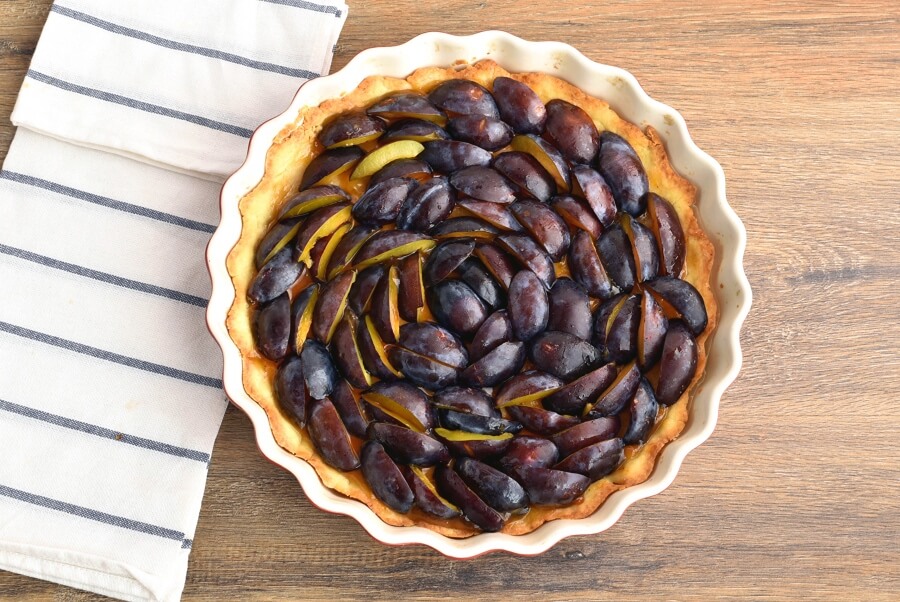
The second magical thing that will happen, if you take my advice, is to always start eating this cake on the second day. Two magical things happen when a massive heap of purple Italian plums are added and the cake is thickly coated with cinnamon and sugar, the first is that the cake rises up around them and buckles them in, leaving the cake riddled with deep pockets of jammy plum puddles that impart a sweet-sour complexity to an otherwise simple butter cake base. There are only four brief, simple steps, and the batter seems so simple (“like pancake batter,” says Hesser) that you might have understandable doubts about the greatness of this cake. There are only eight ingredients, seven of which you probably have around and, if you took my hint earlier this week that “buttery plums” were coming later this week, you might even have the eighth. As if anyone would dare.Īmanda Hesser, who compiled and tested 1,400 recipes dating back to the 1850s, when the New York Times began covering food, the James Beard award-winning 2010 Essential New York Times Cookbook, said that when she asked readers for recipe suggestions to include the in book, she received no less than 247 for this one, and suspects that is because it’s a nearly perfect recipe. First published in the New York Times by Marian Burros in 1983, the recipe had been given to her by Lois Levine, her co-author on the excellent Elegant but Easy), the recipe was published every year during plum season between then and 1995, when the editor of the food section told readers they were cutting them off, and it was time to cut it out, laminate it and put it on the refrigerator door because they were on their own if they lost it. It is a famous plum cake, so renowned that I suspect half of you out there have already made it, and the rest of you will soon commit it to memory, because this cake is like that - it is worthwhile enough to become your late September/early October staple. Serve it warm or at room temperature.This may look like an ordinary piece of plum cake, but it is not. While it is still warm, slide it with the aid of a spatula from the parchment onto a serving plate. Slide the crostata and parchment onto a rack to cool. Then switch it to the middle rack, and continue baking until the top crush is deep golden brown and the plums are soft and the juices bubbly, about 15 to 20 minutes more - 50 minutes to an hour total. Sprinkle the exposed fruit with the remaining crumb mixture.īegin baking on the bottom rack of the oven. Fold up the edges of the dough to form a crust of about 2 to 3 inches.

Arrange the plums on their sides in concentric circles, finishing in the center. Sprinkle all but 1 tablespoon of the crumb mixture in an 8-inch circle in the middle of the dough. Slide the dough on the parchment onto a flat baking sheet. With a pizza cutter, cut the dough into as perfect a round as you can get, about 12 to 13 inches in diameter. On a piece of parchment, roll the dough into a rough circle about 14 to 15 inches in diameter. In a small bowl, combine the panko, cinnamon and remaining 2 tablespoons sugar. In a large bowl, toss the plums with the grated lemon zest and juice, 2 tablespoons of the sugar, the jam and butter. Let it rest in the refrigerator for 1 hour. Flatten it into a disk, and wrap it in plastic. Scrape the dough onto your work surface, and knead a few times, just to bring it together.


Process until the dough just comes together in a lump around the blade, adding a little more flour or cold water if it is too wet or too dry. With the processor running, pour in 6 tablespoons cold water. Drop in the butter pieces, and pulse until mixture is lumpy. In a food processor, combine the flour, sugar and salt.


 0 kommentar(er)
0 kommentar(er)
